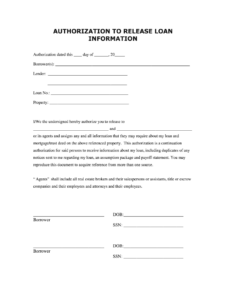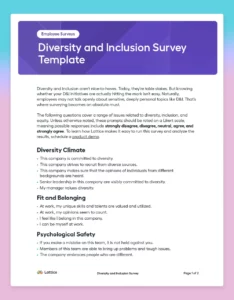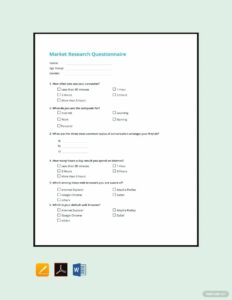Gathering requirements is a critical step in any project, ensuring that the final product meets the needs of its users. A well-structured requirements gathering questions template can help you collect the necessary information efficiently and effectively. Here’s a comprehensive guide to creating a requirements gathering questions template for your next project.
Understanding Your Project Scope and Goals
Before you start drafting your requirements gathering questions template, take the time to thoroughly understand the scope and goals of your project. This will help you focus your questions and ensure that you gather the most relevant information. Consider the following factors:
- Project Objectives: Clearly define the desired outcomes of the project.
- Target Audience: Identify the specific groups of people who will be using the final product or service.
- Project Constraints: Consider any limitations or restrictions that may impact the project, such as budget, timelines, and resources.
Crafting Your Requirements Gathering Questions
With a clear understanding of your project scope and goals, you can begin crafting your requirements gathering questions. Follow these best practices:
- Use Open-Ended Questions: Encourage respondents to provide detailed and specific information by using questions that start with “who,” “what,” “when,” “where,” and “why.”
- Break Down Complex Questions: If a question requires a lengthy answer, consider breaking it down into smaller, more manageable chunks.
- Avoid Biased or Leading Questions: Phrase your questions neutrally to avoid influencing respondents’ answers.
- Seek Specific Examples: Ask respondents to provide specific examples or scenarios to illustrate their needs and expectations.
- Prioritize Questions: Identify the most critical questions and place them at the beginning of your template to ensure they are addressed.
Additional Considerations for Your Template
In addition to the core requirements gathering questions, you may want to include sections for:
- Background Information: Gather basic details about the respondent and their organization.
- Assumptions and Dependencies: Identify any assumptions made during the requirements gathering process and any dependencies that may impact project execution.
- Acceptance Criteria: Define the specific criteria that must be met for the project to be considered successful.
- Change Management: Establish a process for handling changes to requirements throughout the project lifecycle.
Conclusion
A well-crafted requirements gathering questions template is essential for collecting the detailed and accurate information needed to ensure project success. By following the best practices outlined in this guide, you can create a template that effectively captures your stakeholders’ needs and sets the stage for a successful project outcome.
Remember to regularly review and refine your requirements gathering questions template as your project progresses. This will help you stay aligned with changing needs and ensure that your project remains on track to meet its intended objectives.


